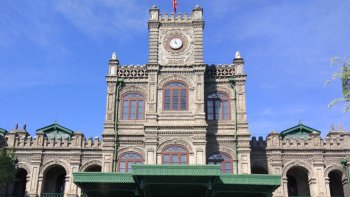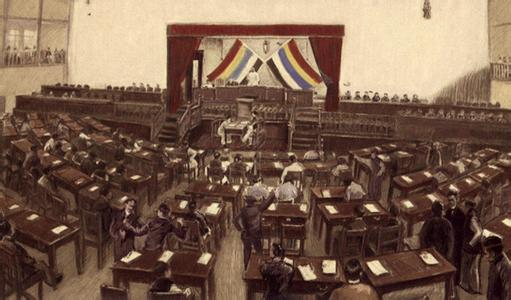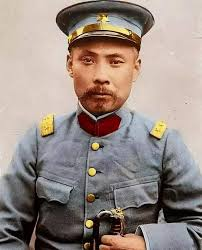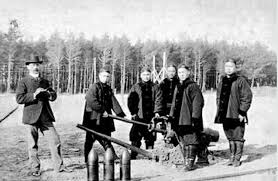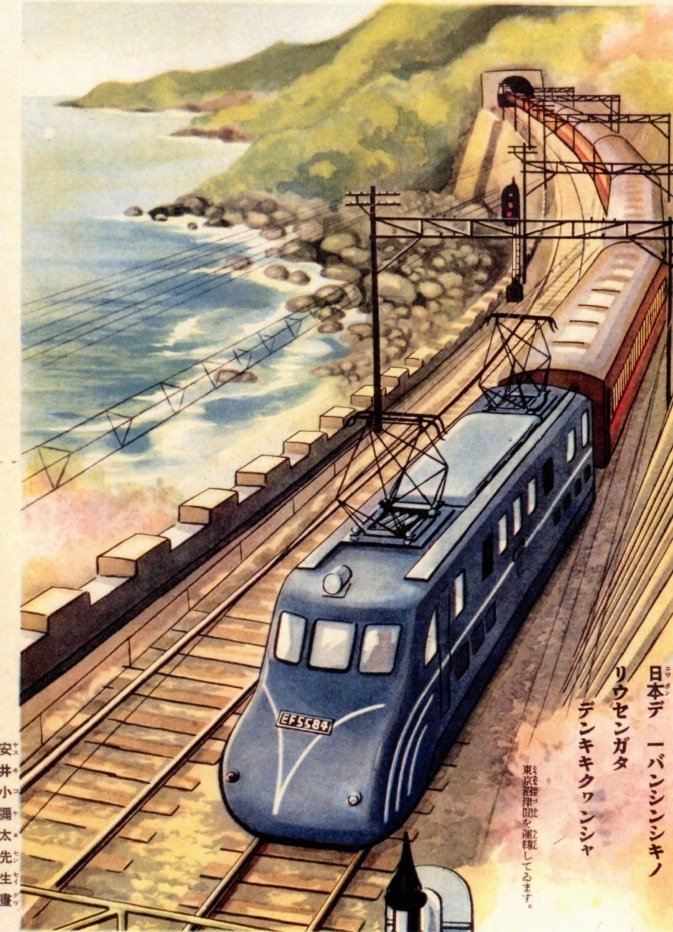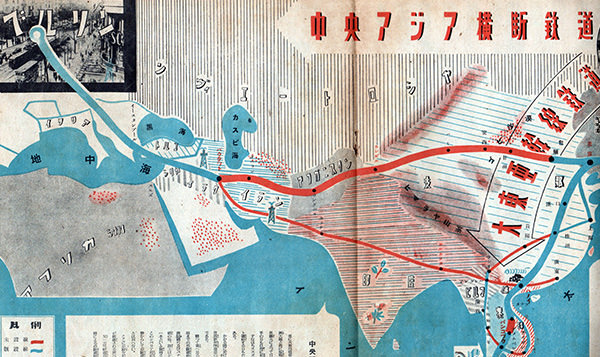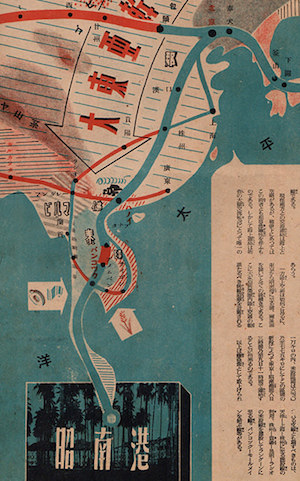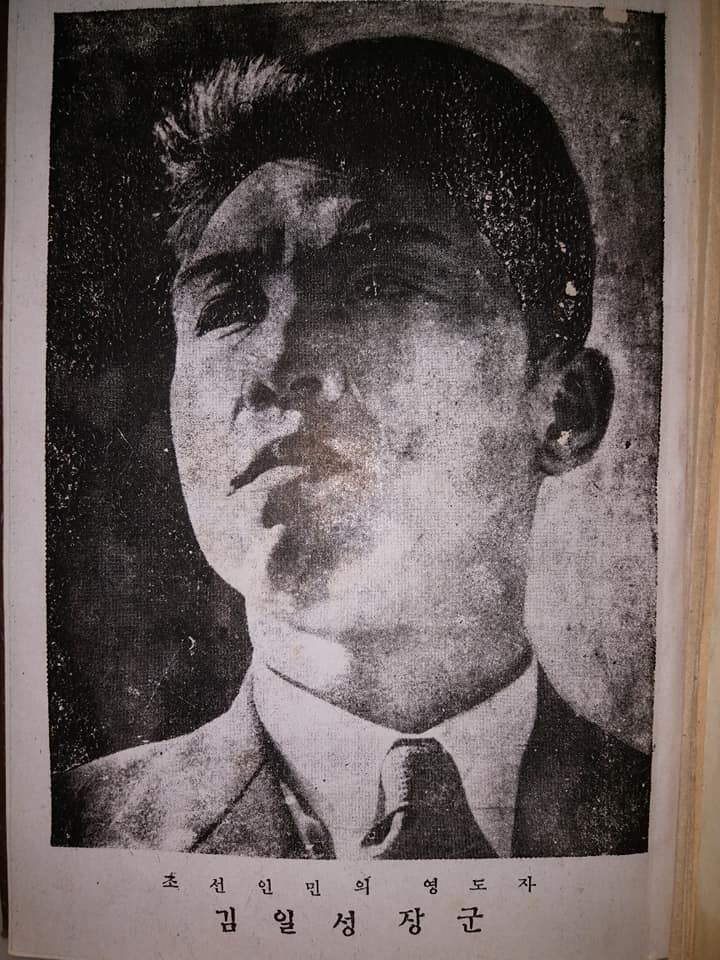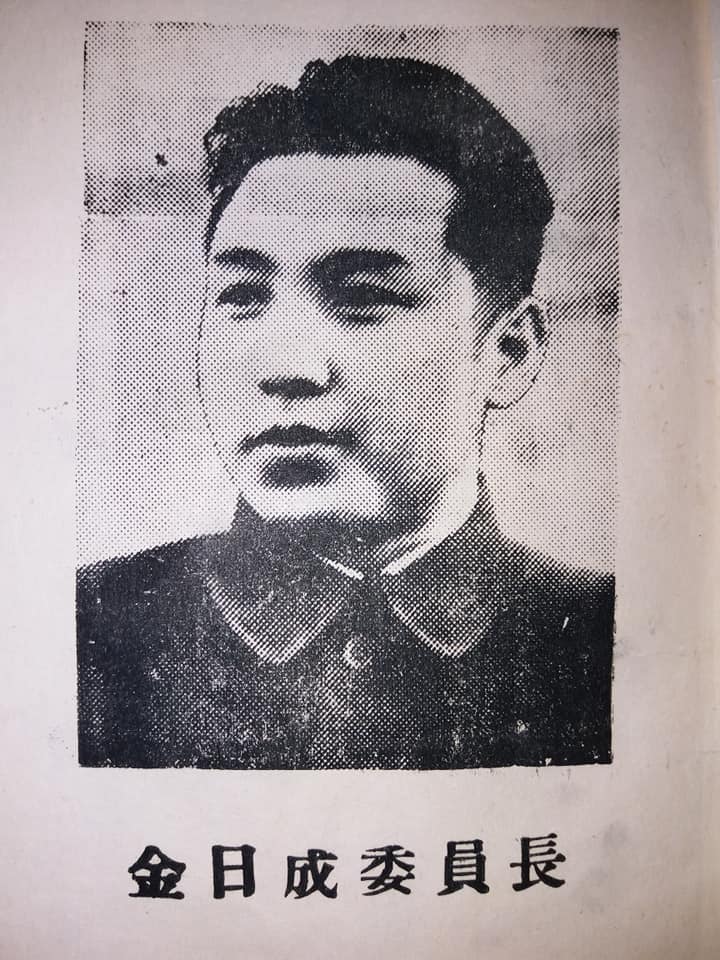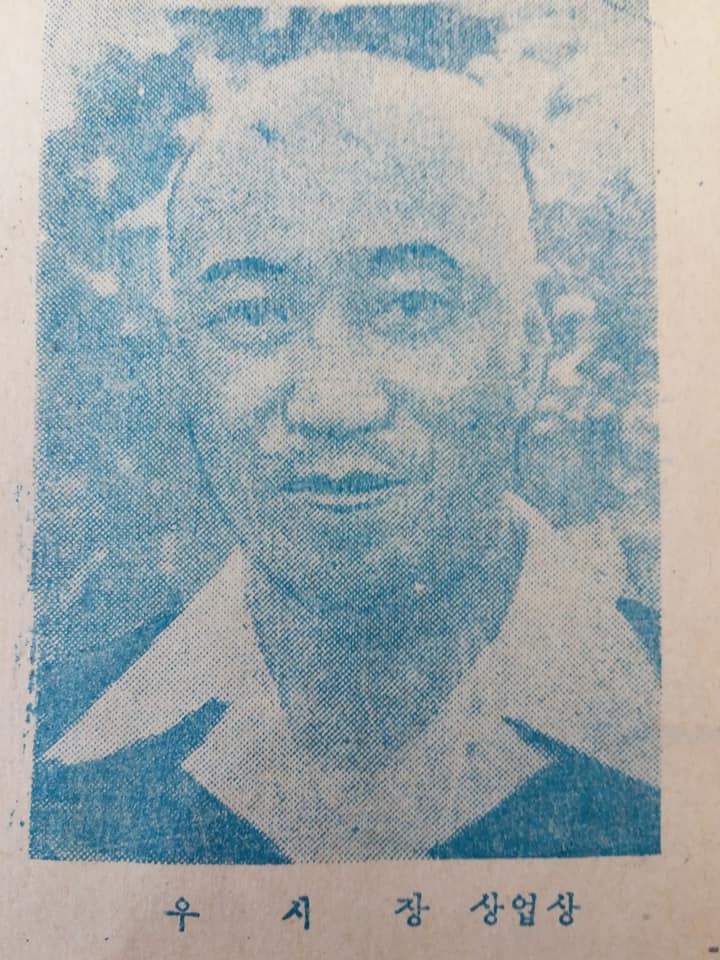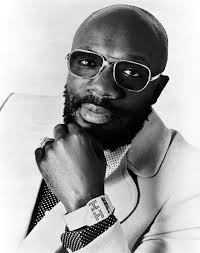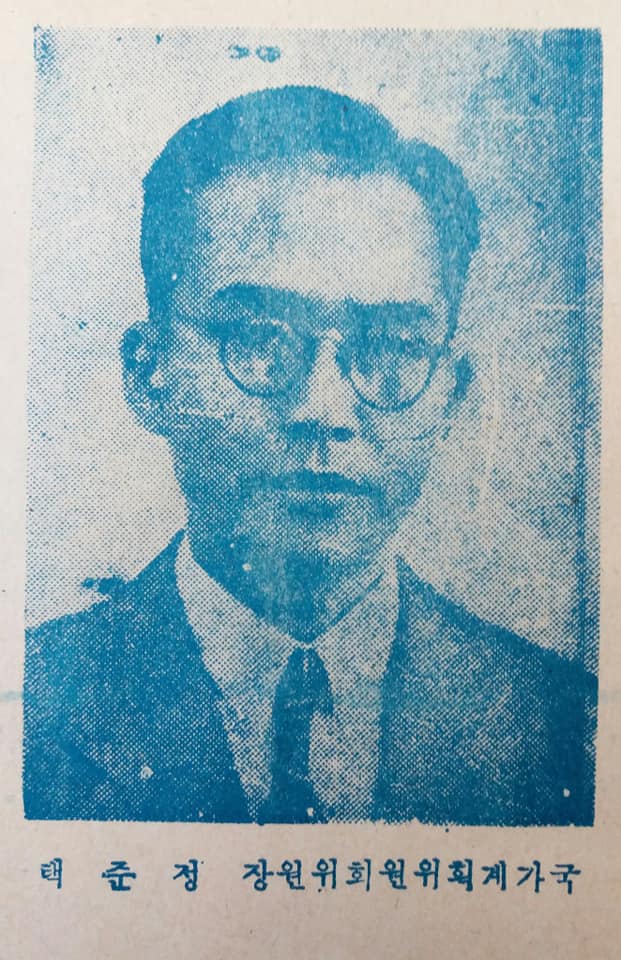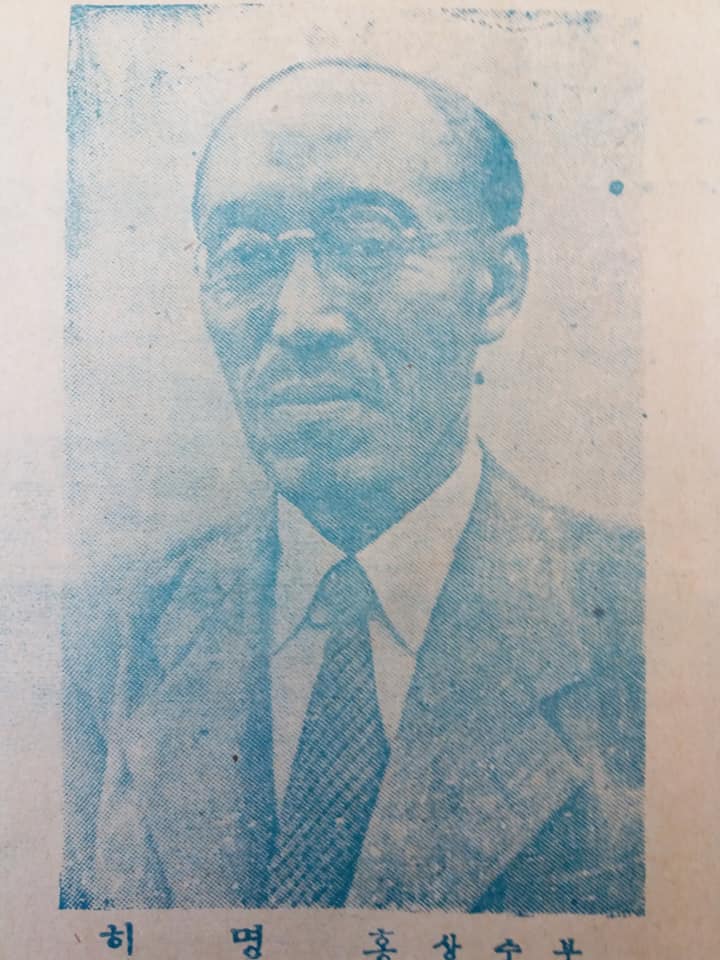
1/ Last month saw the 74th anniversary of the Feb 28th Incident of 1947, a watershed in Taiwanese history. It has usually been described in terms of identity politics, as a localist uprising against mainland Chinese misrule. Whilst this was one element, economics played a part. 

2/ Chen Yi, Taiwan Chief Executive in 1945-7, oversaw a corrupt govt, yet was himself an exceptional case in the KMT - with a modernist mindset and State Socialist leftwing inclinations, and belonged to the global phenomenon of "reform/renovationist technocrats" (kakushin kanryo) 

3/ Chen Yi's real sin was attempting a planned economy in Taiwan. Since its roots in Henri de St. Simon and Friedrich List, economic planning has always had an inherent inclination towards "high modernism" - top-down imposition of policies whilst idealising ground-level realities 

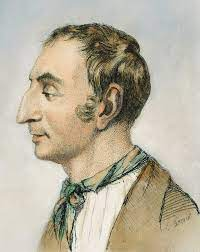
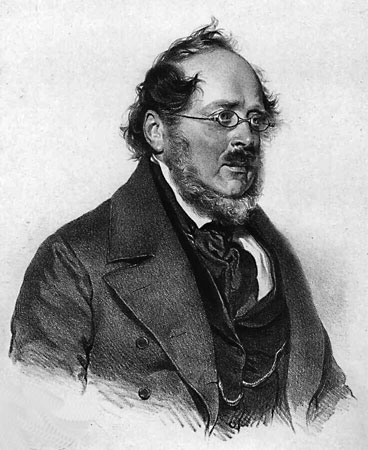
4/ In 1879 Bismarck implemented "State Socialism", nationalising the railways and implemented social insurance. Japanese bureaucrats against the laissez-faire policies of the 1880s promoted it, and in 1906 Japan nationalised its railways. Journalists called Japan state socialist. 



5/ Chen Yi was friends with Lu Xun. In 1902-7 he was trained in artillery at the Imperial Japanese Army Academy, becoming a "military technocrat/intellectual". He joined the revolutionary group 'Revival Society' (Guangfuhui). Its leader Zhang Taiyan championed State Socialism. 



6/ In 1911, Sheng Xuanhuai, the Manchu regime's Minister of Communications, attempted to nationalise the railways, igniting a revolution which toppled it. Yet KMT leaders Sun Yat-sen and Song Jiaoren refused to reverse the policy, citing State Socialism as necessary for China. 



7/ With the eviction of the KMT from the political scene, Beiyang technocrats Zhou Xuexi and Zhang Jian began to propose their version of State Socialism, with Zhang calling for a "Cotton & Iron Doctrine" aimed at import-substitution and exports of both goods. Then WWI broke out 



8/ KMT leader Huang Xing started a "European Affairs Research Society" in Tokyo formed of Chinese ex-MPs - the origin of the Political Science Clique (PSC) which remained a formidable establishmentarian-left, State Socialist force of modernising technocrats into the late-1940s 

9/ They would have noticed German's war capacity. Walther Rathenau, the German War Ministry Raw Materials Section head, reorganised the country into the 1st planned economy in the world, placing controls over raw materials and using DEHOMAG computers to manage the "big data". 



10/ Rathenau's model was imitated by Lenin, and evolved into Stalinist planning. With its costs being unknown at the time, "Planists" began to emerge in all continents, represented in Europe by Belgian Labour leader Henri de Man who wanted a new "economic administrative state" 



11/ In 1917, China under PM Duan Qirui joined WWI and planned to send an expeditionary army to Europe, to gain more bargaining power at the peace conference. Chen Yi was earmarked as one of its commanders and was sent for further training at the Japan Army War College in 1917-20 

12/ Chen married the daughter of his Japanese instructor at the College. Meanwhile, Nishihara Kamezo, aide to Japanese PM Terauchi Masatake, inspired by State Socialism, proposed funding the industrial plans drawn up by geologists Ding Wenjiang and Weng Wenhao - later PSC leaders 



13/ In the early 1920s Chen Yi worked with Zhang Jian to develop Nantong as a model city. He was also sent to meet Shibusawa Eiichi to negotiate for loans. His brother Chen Wei was belonged to the "Communications Clique" which proposed huge railway construction plans in the 1920s 



14/ In 1924-6, Chen became commander of the Zhejiang 1st Division under Sun Chuanfang, the most promising non-KMT warlord and Chen's IJAA "senpai". Sun appointed Ding Wenjiang as Shanghai Mayor, and he proposed a high modernist "Plan for Greater Shanghai" to rival the concessions 



15/ Sensing in 1926 that KMT was to triumph, Chen defected, and in 1928 was sent to Europe for half a year, where he inspected Rathenau's creation - the Weimar defence industry. Upon return, Chiang Kai-shek appointed Chen as Chief of Armaments, during a civil war against the CCP 

16/ Even before the 1929 Wall Street Crash, calls for planning existed in China and Japan. Several parts of China - Shanxi (Yan Xishan), Guangdong, Zhejiang etc - attempted "Planism in One Province". In 1932 KMT-Left Industrial Minister Chen Gongbo made a national 4-Year Plan 



17/ In 1934, Chen Yi was made Fujian Governor. He hired socialists and progressives, including Siemens engineer Xu Xueyu to help him establish a Controlled Economy. It followed Rathenau's model of having one enterprise per sector topped by a Provincial Public Enterprise Executive 



18/ Chen tried to appease Japan, visiting Taiwan twice, the 1st occasion being for the "Expo for the 40th Anniversary of the Start of Governance" in 1935. Chen wrote extensive reports arguing for Taiwan-styled economic policies in Fujian earning him traitorous status in the press 



19/ Xu's system's flaws became apparent - chaotic accounts, clientelist relations, byzantine arrangements for funds. Yet Chen spearheaded a campaign to reduce tenant rent to a max 25%, and to organise them into cooperatives, in the aim of building a "society based on cooperation" 



20/ With war in 1937 and the fall of Fuzhou, the relocated prov. govt established a Provincial Food Executive with govt marketing boards in all provinces. Food was rationed at grocery stores, surplus grain was extracted by the army and police, and private food transactions banned 

21/ The local bourgeoisie were furious with Chen's rationing policies. Tan Kah-kee, a major merchant leader with businesses all over SE Asia and who had donated large amounts to the war effort, spearheaded a campaign to vote Chen out in the Provincial Assembly, and succeeded. 

22/ The disgraced Chen however received sympathy from Chiang and was appointed Sec. General of the Executive Yuan (cabinet). Later, as Sec Gen of the National Mobilisation Conference he tried, to no avail, to promulgate a National Food Mobilisation Law. He was active in the PSC. 

23/ PSC-ers led the Planist offensive. By '35 the National Resources Commission under Ding Wenjiang and later Weng Wenhao, made, with Nazi assistance, a 3-Year Plan for heavy industrialisation - dubbed the KMT's Great Leap Forward/Outward, and later oversaw the wartime industries 



24/ In 1935-40, during the 1st-7th Plenums of the 5th KMT Central Committee, calls began to mount in the party for the full planification of the economy. In July 1940 the Central Planning Board was set up, and boasted a progressive composition, with Marxists and female economists 

25/ The CPB was dominated by PSC-ers. Its leader, Sec Gen Xiong Shihui (Japan Army War College), was helped by economist Franklin Ho (Yale). They promoted both "planned economics" and "planned politics", and tried to drive the modernisation and standardisation of administration. 



26/ Within the CPB and indeed the PSC, there were arguments regarding post-war economic policy. Ding Wenjiang favoured full nationalisation. Chang Kia-ngau, ex-Bk of China Gen. Man., favoured some private ownership. Franklin Ho came up with a compromise - a "Planned Free Economy" 



27/ A "Planned Free Economy" for Ho would have meant state ownership and exclusive development of heavy industries, cooperation with the private sector for others, and state approval for private proposals for light industries, should they be in accordance with the national plan. 



28/ On this basis Ho led the drafting of a Post-war 5-Year Plan completed just before V-J Day. It involved 14000km of new railways, 60000km of roads, 3x coal production, 5x steel, 10x copper. When submitted to Premier TV Soong, he said "this is all Chinese" and refused to read it 

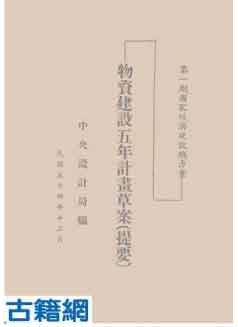

29/ Meanwhile, Chen Yi was asked to head a Formosa Problems Investigation Committee in the CPB to translate half a million words of Taiwanese legislation and edit 13 guides on all aspects of Taiwan society and politics in readiness for the takeover, which came unexpectedly soon 

30/ The PSC-ers planned in 1944 to form a political party in readiness for the multi-party post-war political order. It even received blessing from Chiang Kai-shek. In 1945 however the PSC-ers were sent all over the country to receive enemy territory, and the plans came to nought 

31/ Chang Kia-ngau (Keio) was sent to Manchuria, where he negotiated with the Soviets for the takeover of ex-Manchukuo assets. These had been built up by interwar Japanese "renovationist bureaucrats" like Kishi Nobusuke, Shiina Etsusaburo etc, who admired both the Nazis and USSR 



32/ They returned to Japan and tried to planify its economy under the Cabinet Planning Board. The result was the start of the "1940 System" which lingered into the 1980s. It is no exaggeration to say that by '40, large-scale free market had ceased to exist in all parts of NE Asia 



33/ Taiwan's economy was controlled after 1937. By 1940 it already boasted two industrialisation plans under Gov. Koboyashi Seizo. Black markets began. By the time Chen Yi arrived in Oct 1945, he was initially inclined to dismantle controls, but had to reinforce them immediately. 

34/ It also made sense for him to initiate a planned economy. Afterall, leftist economics was the general trend in the post-war world. France initiated 5-Year Plans. Even the UK had a 4-Year Plan. Japan continued to plan in the late-1940s. Planism was a by-word economic democracy 

35/ Chen Yi began to call his policies "Necessary State Socialism", but in post-war spirit of democratic socialism, phased in political reforms. He announced a "3-Year Plan for Self-Govt" which would have seen universal suffrage for prefectural to provincial governors by 1950 

36/ Chen Yi invited the staff of the National Resources Commission to inspect Taiwan, praised their abilities shown in running the wartime industries, and asked them to takeover Taiwan's industrial assets. They formed 10 SOCs for the major sectors - eg salt, sugar and electricity 

37/ In summer 1946 he formed an Economic Commission directly under his command, which drafted a "Taiwan Provincial 5-Year Plan for Economic Construction", meant to be phased in by 1947. It never happened, because by then the consequences of TV Soong's reckless actions had arrived 

38/ On Feb 25th 1946, TV Soong, without even asking for Chiang Kai-shek's permission, dismantled all controls over the sale of gold, foreign exchange, exports and agricultural produce. The SOCs for trade were abolished. He had only consulted US economic advisor Arthur N. Young 

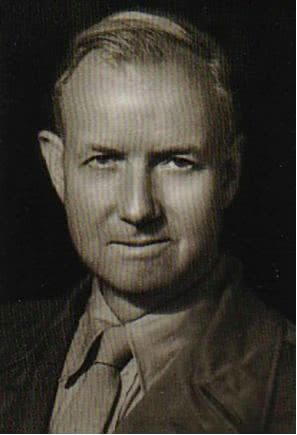

40/ The result was chaos. Prices in Shanghai by the end of 1946 had risen more than 2000%. Taiwanese commodities such as sugar defied bans and streamed towards Shanghai markets, with the immediate consequence between non-stop inflation in Taiwan. Profiteering was rampant. 

41/ In February 1947 Chen Yi announced further controls. He also divided the island into five Food Regions, each tasked with tackling profiteering and black markets. On the eve of the Feb 28th Incident, several merchant families were being investigated for illicit activities. 

42/ Popular discontentment against corruption and what seemed to most to be official protection for profiteering, managed to converge with local bourgeois discontentment over price controls. The result was a two-pronged assault on Chen Yi from the bottom and top of the hierarchy 

43/ This is not a place to discuss the brutal repression of the incident. It suffices to say however that even in 1946, Taiwanese popular opinion, such as that of editor Lin Mosei's was in favour of Chen's planification policies, and thought it could make Taiwan a model province 

44/ Chen Yi was dismissed. Yet this was not the end of the story. He was made Governor of Zhejiang in 1948. By then he had read about British Labour policies in British Council pamphlets and had fallen totally for democratic socialism. And he wanted a 10-Year Plan for Zhejiang. 

45/ At the height of the war against the CCP, Chen asked the Nanking Foreign Ministry to telegram communist countries like Czechoslovakia, Poland, Romania and Hungary for their economic planning documents. At last only a US translation of a Polish plan was sources in a bookshop. 

46/ In 1949 Chen Yi was again dismissed and he tried to defect to the CCP. When he was betrayed, he was arrested and shot on Chiang's orders in Taipei in June 1950, much to the excitement of the populace. Chen cried at the shooting range - "I may die, but my spirit lives!" 



47/ The PSC and Chen left a huge legacy in the PRC and Taiwan, with 90% of the National Resources Commission defecting to the CCP, and Qian Changzhao even helped draft the HK Basic Law. Many were executed in Taiwan. Others such as Sun Yun-hsuan directed Taiwan's economic miracle. 

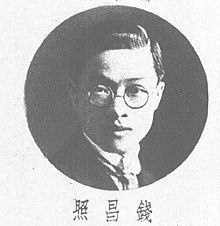

48/ Taiwan had 4-Year Plans from 1952 onwards to today, and China now has a 14th 5-Year Plan. Administrative capacity and anti-corruption in E. Asia today is a far cry from the situation in 1947. With laissez-faire once again shown bankrupt, we should remember Chen's endeavours. 

Erratum -
20/ boards in all provinces -> prefectures
26/ Ding Wenjiang -> Weng Wenhao
33/ Koboyashi -> Kobayashi
40/ between -> being
45/ sources -> sourced
20/ boards in all provinces -> prefectures
26/ Ding Wenjiang -> Weng Wenhao
33/ Koboyashi -> Kobayashi
40/ between -> being
45/ sources -> sourced
A thread on the origins of the 1947 Feb 28th Incident in Taiwan and Chinese attempts at economic planning
#twitterstorians
#twitterstorians

• • •
Missing some Tweet in this thread? You can try to
force a refresh

